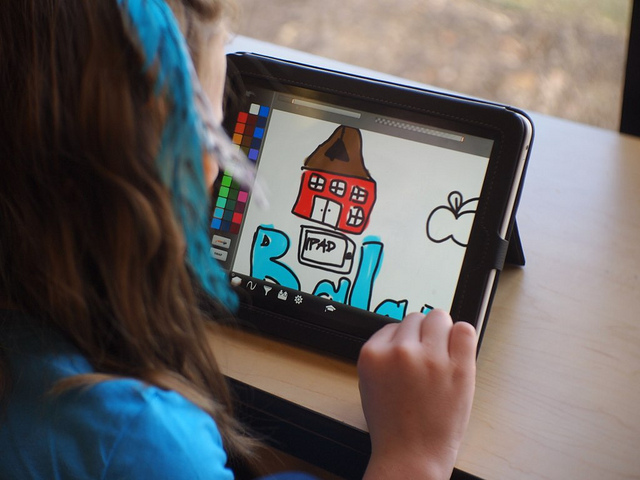6 Rules Of Using Technology In Learning

With more virtual businesses and institutions, the field of Instructional Design is always changing. That brings with it the challenge of utilizing technology that provides training. To achieve consistent training with technology, follow the six commandments listed below.
The Technology/Traditional Partnership
With the change from face-to-face learning techniques to more delayed, eLearning approaches, more designers than ever before are utilizing technology at the different phases of systematic design. While technology can be a boon for expanding geographically dispersed learner bases, it must be used in a way that supports learning and assists training and learning teams in presenting evidence of its efficacy. The six commandments outlined below are critical for ensuring that technology supplements traditional training while also ensuring transparency of efficiency.
- The Technology Will Not Surpass The Design Because It Is Auxiliary
Employing innovation that outdoes the design is one of the mistakes eLearning designers make. Actions that do not add to the learner reaching the instructional goals are examples of this, as is the technology that makes the student encounter more challenging. What matters is sound design that communicates expectations and goals for learners and assists them in achieving those objectives, regardless of modality.
- The technology will simplify and improve support and understanding between the learner and the instructor.
Technology has pushed to the front of distribution, particularly during the epidemic, but the instructor–learner interaction remains critical. Learners require feedback from teachers and engagement with instructors beyond the face-to-face classroom. Videoconferencing technology and community forums are excellent tools for maintaining that connection while providing the student with the assistance they require, either concurrently or sequentially.
- The cost of technology will be factored into the ROI calculations.
Perhaps I should additionally mention that an ROI analysis should be performed. ROI is a level 4 according to the Kirkpatrick model (or level 5, depending on who you ask). This level of measurement frequently necessitates some critical knowledge and understanding of corporate goals, but it is often the information that is most relevant to management in determining the feasibility of training courses.
Designers must demonstrate that the cost of implementing the technology is justified. When calculating the price of the Return on Investment of any latest tech, it is critical to include the real cost of the technology as a cost in the calculations. This may sound apparent, but it is all too easy to dismiss the expense of technology as insignificant or even to omit it entirely if the cost is first unknown.
- The technology must be simple to obtain and utilize for the learner.
Another that appears to be clear. Yet, it is all too easy for designers to fall into the temptation of “shiny” layouts (leading back to commandment 1). Experiences that make use of difficult-to-use technologies threaten learner engagement and overall happiness.
- The Instruction’s Goals And Objectives Must Be Irrespective Of The Technology Employed
Technology in education should be regarded as a “variable.” That implies that developers should be allowed to change the process without affecting the results. Learning outcomes and pathways to those achievements should not suffer as a result of available technology. Some designers are lucky to work in environments with a profusion of technology options for layout, production, and execution. There are also instances where basic digital resources or even a Learning Management System are unavailable.
- Technology Will Make Instruction Distribution More Efficient.
This has never been more crucial than today. With limited face-to-face connection, technology is a viable method of distributing learning (seminars, virtual workshops, interactive eLearning, etc.). It is especially significant when scaling. Because the student basis in corporate learning is typically big and changes/grows in quantity, it is critical to give each learner a continuously ideal learning experience.
I relied significantly on school environment Instructor-Led Training in my early stages of creating an employee onboarding structure. The training was very well received. However, as I had to train additional learners in different locations in the U.S., managing and scheduling these training sessions got more complex. I have to prioritize logistics over real execution and learner experience. It wasn’t until I implemented a Learning Management System and a video conferencing tool (with manager support) that I was able to effectively and successfully provide training to all of our workers.
Conclusion
The transition to more technology-dependent learning systems is just getting started. As more students and professionals embrace remote learning, designers must be deliberate in their use of technology in the classroom. Technology, when used effectively, can enable designers to expand their education without losing quality, interface, or assistance. When technology in learning is not used appropriately, it can result in costly programs that have little influence on learning or productivity and create a bad learning experience for the student.






